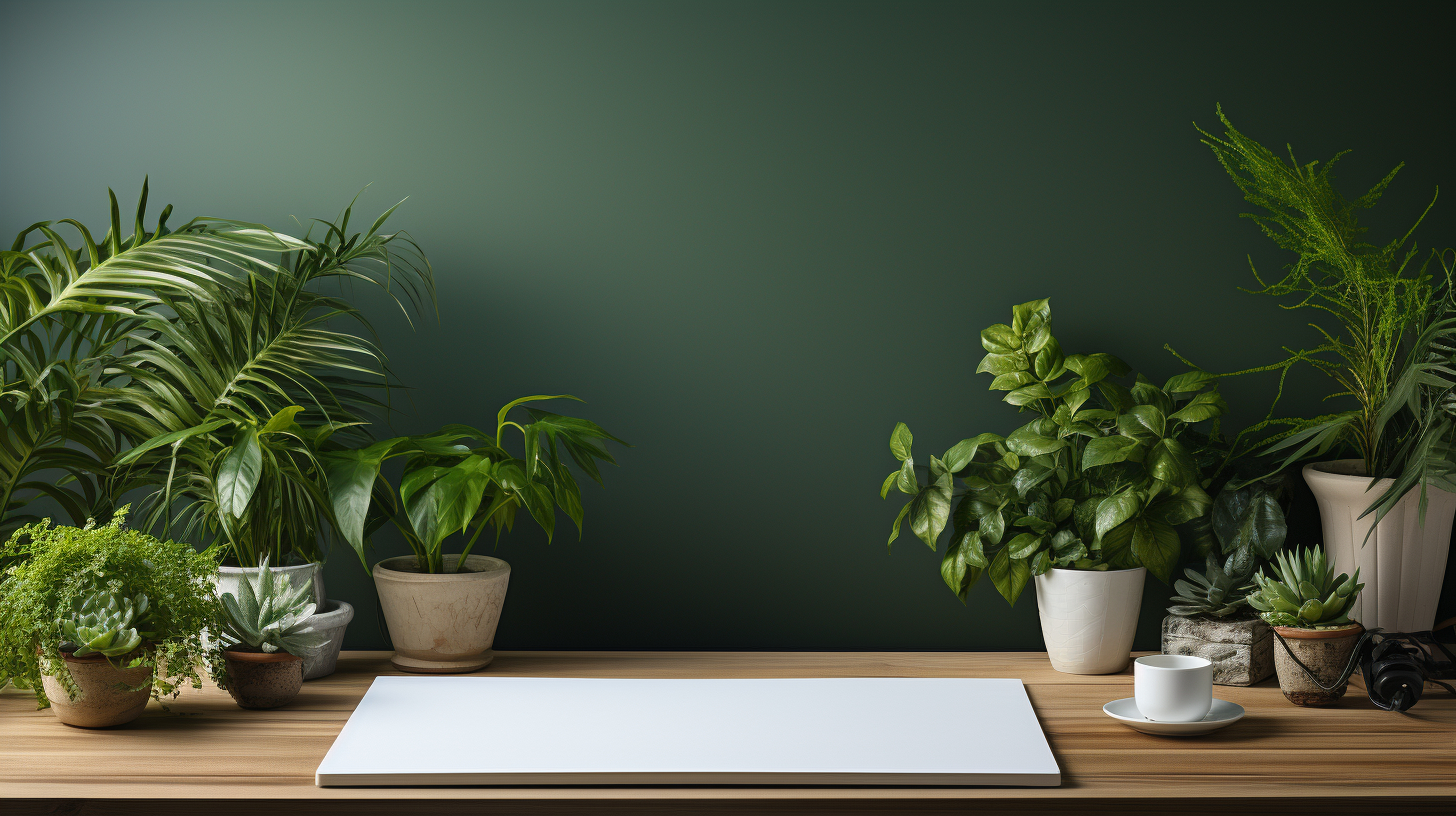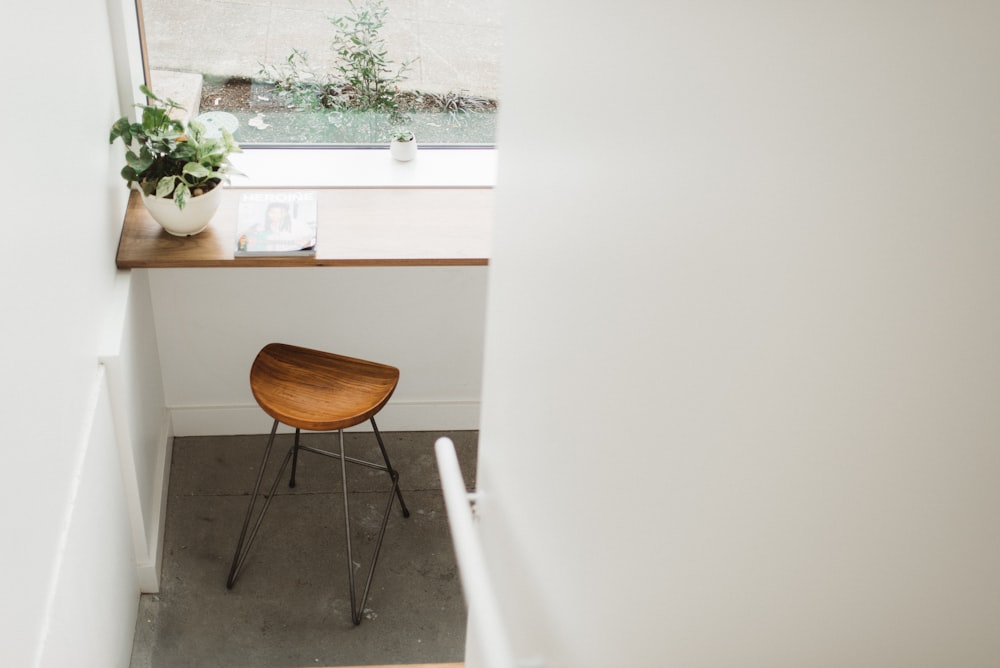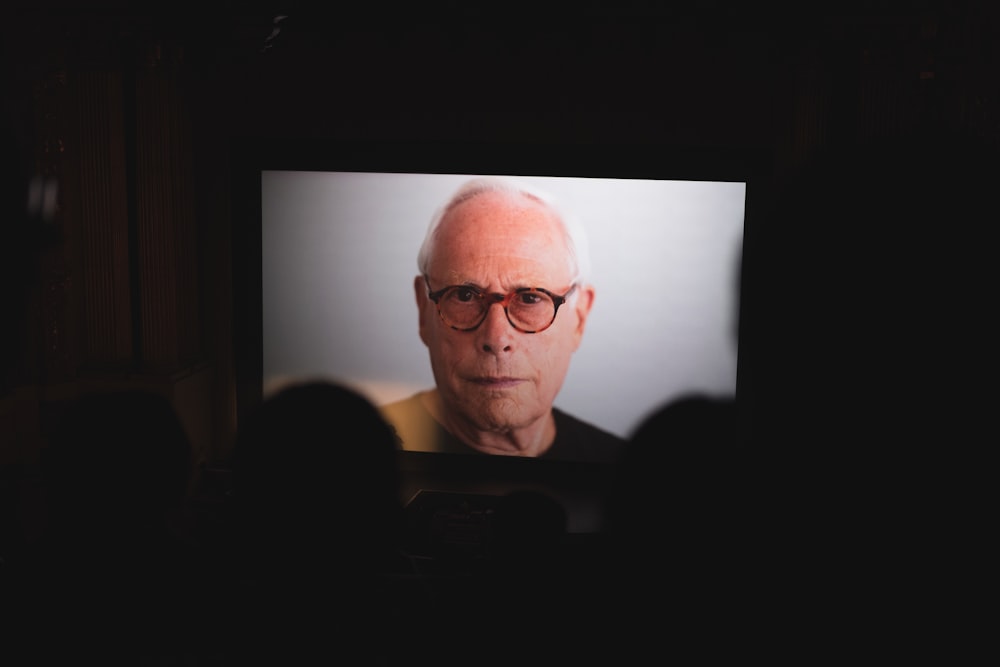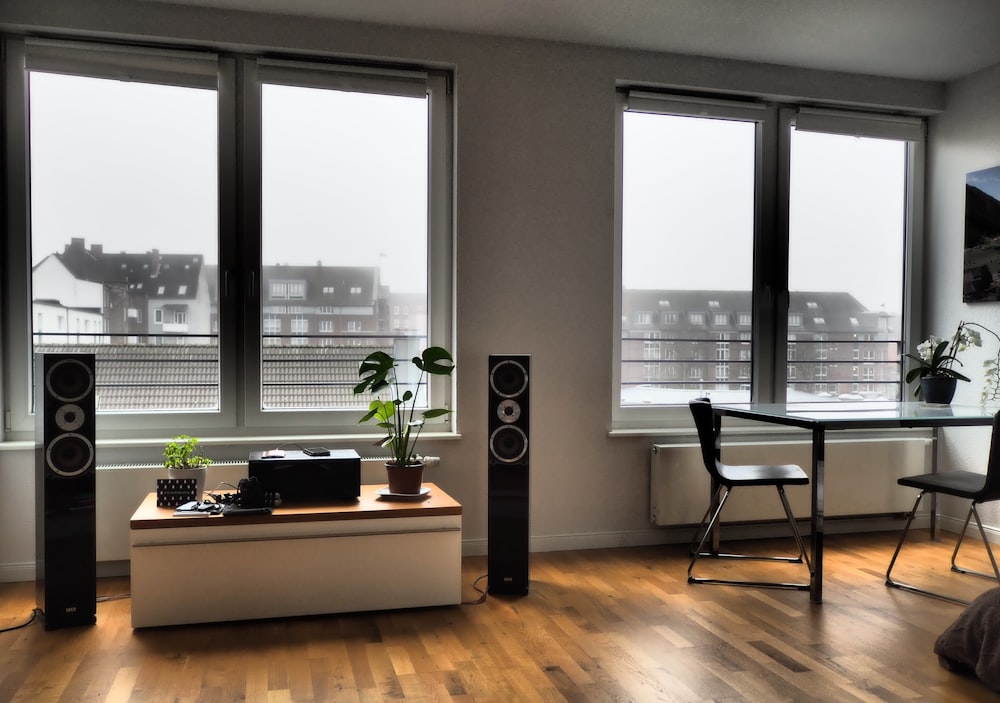Welcome to the world of minimalist designers! In this article, we will explore the influential figures in the field of minimalism and how their work has left a lasting impact on the world of design. Whether you’re a designer looking for inspiration or simply interested in learning more about this aesthetic approach, we’ve got you covered.
Minimalism is a design philosophy that advocates for simplicity and functionality. It focuses on stripping away unnecessary elements while maintaining clarity and purpose. By removing clutter and distractions, minimalist design creates a sense of harmony and allows the content or message to take center stage.
In the following sections, we’ll delve deeper into the principles of minimalism, discover the historical background of this design approach, and explore the key figures who have shaped the field. From architects to product designers, these individuals have pioneered the minimalist movement and left a significant mark on the industry.
So, whether you’re a fan of clean lines and minimalist interiors or you’re looking to simplify your own design projects, join us as we dive into the world of minimalism and draw inspiration from the masters of the craft. Let’s get started!
Understanding Minimalism in Design
Definition and Principles of Minimalism
Minimalism is a design approach that focuses on simplicity and minimal elements to convey a message or solve a problem. It involves stripping away unnecessary elements and reducing design to its fundamental components. The principles of minimalism in design include:
- Simplicity: Minimalist design aims to convey a message or solve a problem using the fewest possible elements. It avoids excessive ornamentation and clutter, resulting in clean and uncluttered designs.
- Functionality: Minimalist design prioritizes the functionality of the design. Every element and detail has a purpose and serves a function, without any unnecessary embellishments or decorative elements.
- Whitespace: Whitespace, also known as negative space, plays a crucial role in minimalism. It refers to the empty space between and around elements. By using whitespace effectively, designers can create a sense of balance, clarity, and visual hierarchy in their designs.
- Typography: Minimalist design often employs simple and clean typography. Sans-serif fonts are commonly used to achieve a clean and modern look. Large, bold, and minimalistic typography can help emphasize key messages or content.
- Color Palette: Minimalist designs usually feature a limited color palette. Neutral colors such as white, black, and shades of gray are commonly used to create a clean and timeless aesthetic. Occasionally, designers may choose to incorporate bold or vibrant colors for emphasis or contrast.
- Hierarchy: Minimalist design relies on a clear visual hierarchy to guide the viewer’s attention and understanding. Elements are organized in a deliberate manner, with priority given to the most important information or elements.
Historical Background of Minimalist Design
Minimalist design originated in the early 20th century and has since influenced various art forms, including architecture, interior design, graphic design, and product design. The roots of minimalism can be traced back to the De Stijl movement in the Netherlands and the Bauhaus movement in Germany.
The De Stijl movement, led by artists such as Piet Mondrian and Gerrit Rietveld, embraced simplicity and geometric forms. Their works emphasized straight lines, primary colors, and a reduction of elements to their purest form. This movement had a significant influence on the development of minimalism in design.
The Bauhaus movement, founded by Walter Gropius, sought to unite art, craft, and technology. It emphasized functionalism, clean lines, and the use of industrial materials. The Bauhaus principles greatly influenced the minimalist design approach, particularly in architecture and product design.
In the 1960s and 1970s, minimalist design gained popularity through the works of influential designers such as Dieter Rams and Paul Rand. Their minimalist design principles influenced generations of designers and continue to shape the design industry today.
Key Influential Minimalist Designers
When it comes to minimalist design, there are several influential figures whose work has greatly shaped the industry. These designers have set the benchmark for simplicity, functionality, and aesthetic appeal, inspiring countless others to embrace the minimalist approach. Here are some key influential minimalist designers you should know about:
Dieter Rams
Dieter Rams, a German industrial designer, is considered one of the most influential figures in minimalist design. He is best known for his work at Braun and his collaboration with the furniture company Vitsoe. Rams’ design philosophy revolves around simplicity, clarity, and functionality. His “Ten Principles of Good Design” have become a foundation for many designers:
- Good design is innovative.
- Good design makes a product useful.
- Good design is aesthetic.
- Good design makes a product understandable.
- Good design is unobtrusive.
- Good design is honest.
- Good design is long-lasting.
- Good design is thorough down to the last detail.
- Good design is environmentally friendly.
- Good design is as little design as possible.
Paul Rand
Paul Rand was an American graphic designer and art director known for his iconic logos and branding projects. He believed in simplicity and visual communication, emphasizing the importance of using minimal elements to convey a clear message. Rand’s design approach focused on creating memorable and timeless designs. Some of his notable works include logos for IBM, UPS, and ABC.
Ludwig Mies van der Rohe
Ludwig Mies van der Rohe was a German-American architect and one of the pioneers of modern architecture. He popularized the phrase “less is more,” emphasizing simplicity, clean lines, and open spaces in his designs. Mies van der Rohe believed that architecture should prioritize functionality and create a harmonious relationship between the built environment and nature. Some of his iconic buildings include the Barcelona Pavilion and the Seagram Building.
Tadao Ando
Tadao Ando is a Japanese architect known for his minimalist approach to architecture. He combines elements of Japanese design and Western modernism to create serene and harmonious spaces. Ando’s architecture often incorporates geometric shapes, natural materials, and the play of natural light. His notable works include the Church of the Light in Osaka and the Modern Art Museum of Fort Worth.
Jony Ive
Jony Ive is a British industrial designer who served as the Chief Design Officer at Apple. He played a crucial role in shaping Apple’s minimalist design aesthetic, designing iconic products such as the iMac, iPod, and iPhone. Ive’s design philosophy revolves around simplicity, elegance, and user-centered design. He believes in stripping away unnecessary elements to create a seamless user experience.
These influential designers have left a lasting impact on the world of design, influencing how we perceive and create minimalist designs. Their work serves as a source of inspiration and a reminder that simplicity and functionality can coexist beautifully.
By studying their approaches and principles, aspiring designers can gain valuable insights into incorporating minimalist elements into their own projects.
Also Read: Minimalist Workspace Design : Maximizing Productivity in 2023
Dieter Rams : The Master of Functionalism
“`markdown
In the world of design, few names carry as much weight as Dieter Rams. Rams, a prominent German industrial designer, is best known for his work at Braun and his philosophy of functionalism. His minimalist and utilitarian approach to design has made a lasting impact on the industry.
Rams’ design principles, outlined in his famous “Ten Commandments of Design,” emphasize simplicity, functionality, and durability. He believed that good design should be unobtrusive, long-lasting, and environmentally-friendly.
One of Rams’ most iconic creations is the Braun SK 4 phonograph, also known as the “Snow White’s Coffin.” This record player’s sleek and minimalist design became a symbol of Rams’ design philosophy. Its clean lines, absence of unnecessary ornamentation, and emphasis on usability made it both visually appealing and highly functional.
Another notable design by Rams is the Braun T3 pocket radio. Released in 1958, this portable radio was envisioned as a timeless and durable object. Its compact size, minimalist design, and ease of use made it a beloved product for generations.
Rams’ influence extends far beyond consumer products. His belief in “less, but better” has shaped the design of countless everyday objects, from furniture to kitchen appliances. His work has inspired a generation of designers and continues to be celebrated for its timeless aesthetic and functionalism.
Today, Rams’ designs can be found in museums and private collections around the world. His legacy serves as a reminder that good design is not only about aesthetics but also about enhancing functionality and improving people’s lives.
“`
Paul Rand: Simplifying Visual Communication
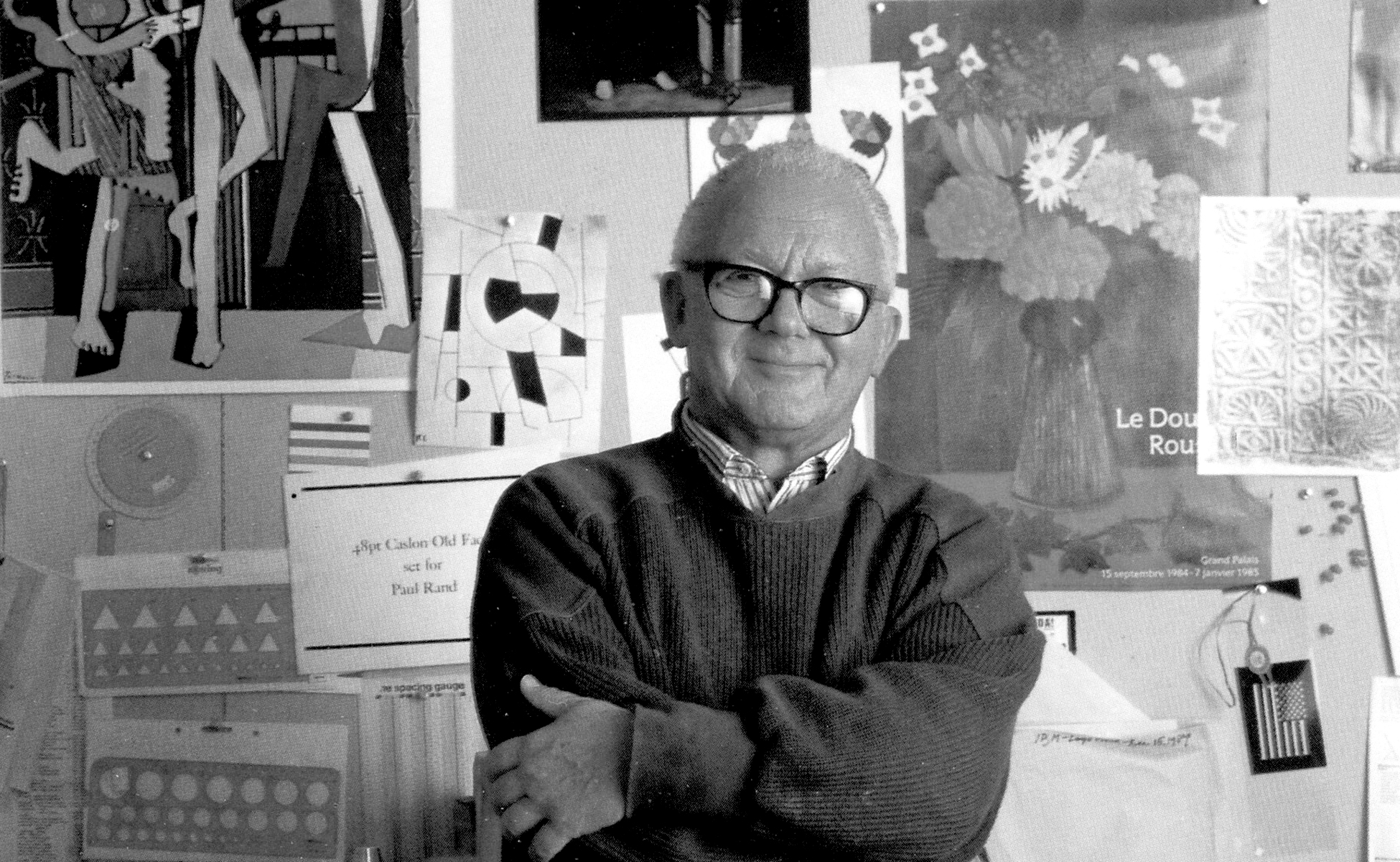
When it comes to minimalist design and its influence on visual communication, one figure that stands out is Paul Rand. Rand was an American graphic designer known for his clean, simple, and iconic designs. He played a significant role in shaping the field of graphic design and revolutionizing the way brands communicate with their audience. In this section, we will explore the life and work of Paul Rand and discover how he simplified visual communication through his unique approach.
Ludwig Mies van der Rohe: Less is More in Architecture

Ludwig Mies van der Rohe, one of the most influential minimalist designers in the field of architecture, believed in the philosophy that “less is more.” His work revolutionized modern architecture, focusing on simplicity, functionality, and the use of clean lines. Let’s delve into the life and work of this iconic figure.
Tadao Ando: Harmony in Minimalist Architecture
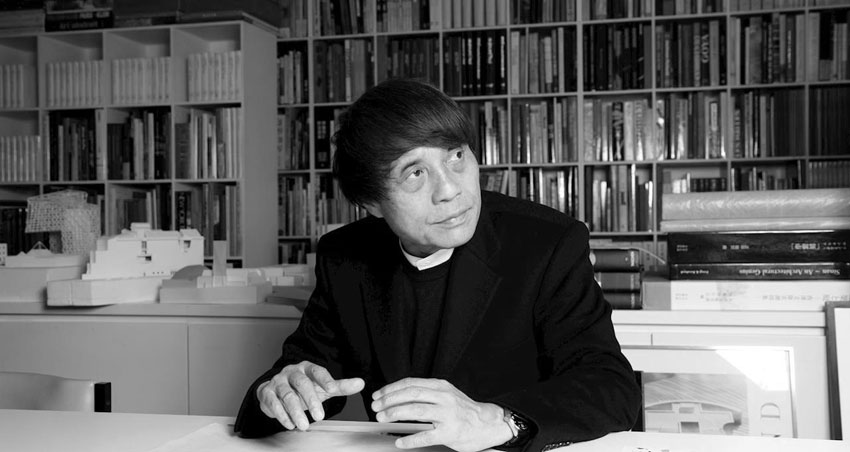
Tadao Ando is a name that often comes to mind when discussing the world of minimalist architecture. Born in Osaka, Japan in 1941, Ando has made significant contributions to the field, creating structures that beautifully blend simplicity, nature, and spirituality. His work has garnered international recognition and has had a profound influence on contemporary architectural trends. In this section, we will delve into the background and philosophy of Tadao Ando, as well as explore some of his most prominent works and design principles.
Jony Ive: The Genius Behind Apple’s Minimalist Design

When it comes to minimalist design, one name stands out among the rest – Jony Ive. As the former Chief Design Officer at Apple, Ive played a pivotal role in shaping the iconic and minimalist aesthetic that has become synonymous with Apple’s products. Let’s take a closer look at the man behind the design revolution.
Biography and Background
Jony Ive was born in Chingford, London, in 1967. He had a passion for design from an early age and enrolled at Newcastle Polytechnic (now Northumbria University) to study industrial design. It was during his time at university that he discovered his love for minimalist and functional design.
After completing his studies, Ive co-founded a design agency called Tangerine, where he worked on various projects, including designing kitchen appliances and bathroom fixtures. His talent and unique approach to design caught the eye of Apple’s then CEO, Steve Jobs, who hired Ive in 1992.
Design Contributions at Apple
When Jony Ive joined Apple, the company was going through a rough patch and was in desperate need of a design overhaul. Ive’s innovative thinking and keen eye for detail helped transform Apple’s product line and redefine the company’s image.
Ive played a crucial role in designing some of Apple’s most groundbreaking products, including the iMac, iPod, iPhone, and iPad. His minimalist design approach focused on simplicity, elegance, and functionality. Ive believed that design should be in service of the user, reducing clutter and emphasizing intuitive interactions.
Apple Products with Minimalist Touch
Thanks to Jony Ive’s design philosophy, Apple products have become the epitome of minimalist design. Let’s take a look at some of the key features that define Apple’s minimalist approach:
- Sleek and Minimalistic Silhouettes: Apple products, such as the MacBook, iPhone, and Apple Watch, are known for their clean lines and smooth surfaces. The absence of unnecessary embellishments gives them a timeless and minimalist aesthetic.
- Focus on High-Quality Materials: Ive’s attention to detail extends to the choice of materials used in Apple products. From aluminum and glass to stainless steel, Apple embraces materials that exude simplicity and durability.
- Intuitive User Experience: Apple’s minimalist design extends beyond the physical appearance of its products. The software and user interfaces are designed with simplicity and ease of use in mind, ensuring a seamless and intuitive user experience.
- Iconic White Earbuds: One of the most recognizable symbols of Apple’s minimalist design approach is their white earbuds. The simplicity and boldness of this design choice have become synonymous with Apple’s brand identity.
Inspiration from Jony Ive’s Minimalist Design
Jony Ive’s minimalist design approach has not only influenced the world of technology but has also inspired designers across various industries. Here are a few ways you can draw inspiration from Ive’s work:
- Simplicity and Clarity: Embrace the concept of simplicity in your designs, focusing on clear and concise messaging. Keep your designs clutter-free and avoid unnecessary elements.
- Negative Space: Like Ive, make effective use of negative space in your designs. Give elements room to breathe and create a sense of balance and harmony.
- Color Palette and Typography: Choose a limited color palette and use typography that is clean and easy to read. This will enhance the clarity and legibility of your designs.
Jony Ive’s influence on minimalist design will continue to be felt for years to come. By studying his work and applying his principles, you can create designs that are not only visually appealing but also functional and user-friendly. So, let the legacy of Jony Ive inspire you on your own minimalist design journey.
Make sure to check out the other sections of this article to explore more influential figures in the world of minimalist design!
Applying Minimalism in Design Projects
Minimalism in design is a powerful concept that can bring clarity, simplicity, and elegance to any project. Whether you’re designing a website, a logo, or a furniture piece, implementing minimalist principles can make your work stand out. If you’re ready to embrace minimalism in your design projects, here are a few key tips to consider:
Embracing Simplicity and Clarity
- Keep it Clean: Minimalism is all about eliminating the unnecessary. Strip away any extraneous elements and focus on what truly matters. A clutter-free design will make your message clear and easily understandable.
- Simplify the Visual Hierarchy: When it comes to minimalism, less is more. Choose one main focal point and build your design around it. Use size, color, and positioning strategically to guide the viewer’s eyes and create a clear visual hierarchy.
- Use Whitespace: Whitespace, or negative space, is a vital component of minimalism. Give your design room to breathe by incorporating generous amounts of empty space. This not only enhances readability but also creates a sense of elegance and sophistication.
Using Negative Space Effectively
- Highlight the Positive: Negative space isn’t just empty space; it can also become a design element in itself. Play with the balance between positive and negative space, using the latter to emphasize and frame the important elements of your design.
- Create Balance: Negative space can help create balance and harmony in your design. Use it to evenly distribute elements, create symmetry, and guide the viewer’s eye across the layout.
- Think Outside the Box: Negative space doesn’t necessarily have to be white. Experiment with using different colors, textures, or patterns in your negative space to add depth and visual interest to your design.
Color Palette and Typography Choices
- Limit Your Color Palette: Minimalist design usually relies on a limited color palette. Choose a few colors that complement each other and create a harmonious and cohesive look. Stick to neutral tones, such as whites, grays, blacks, and earthy hues, to achieve a clean and timeless aesthetic.
- Focus on Typography: Typography plays a crucial role in minimalist design. Opt for clean and simple typefaces that are easy to read. Consider using large, bold letters for headlines and smaller, lighter ones for body text. Experiment with varying weights and sizes to create hierarchy and visual interest.
Remember, minimalism is not about eliminating all design elements, but rather about using them deliberately and purposefully. It’s about finding the perfect balance between simplicity and functionality.
“Simplicity is the ultimate sophistication.” – Leonardo da Vinci
By embracing minimalism in your design projects, you can create impactful and memorable designs that resonate with your audience. So go ahead, declutter your designs, focus on what truly matters, and let minimalism elevate your work to new heights.
Also Read: Minimalist Design for Small Budgets : Tips for First-time Homeowners in 2023
Conclusion
In conclusion, learning about influential minimalist designers can provide great inspiration for incorporating minimalist design principles into your own projects. By understanding the definition and principles of minimalism, as well as exploring the backgrounds and works of designers like Dieter Rams, Paul Rand, Ludwig Mies van der Rohe, Tadao Ando, and Jony Ive, you can gain valuable insights into how to achieve simplicity, functionality, and aesthetic appeal in your designs.
Applying minimalism in design projects can result in clean, uncluttered spaces that promote a sense of calm and harmony. Embracing simplicity and clarity, using negative space effectively, and making thoughtful choices in color palette and typography are key elements of minimalist design. By following these principles, you can create designs that are visually pleasing, functional, and easy to navigate.
If you’re a new homebuyer looking to create a minimalist aesthetic in your living space, be sure to check out Minimalist Home Guru. They offer guidance on decluttering, selecting clean-lined furniture, and creating a calming and clutter-free environment. Visit their website at Minimalist Home Guru for more information and inspiration.
Remember, minimalism is not about sacrificing style or comfort. It’s about eliminating excess and finding beauty in simplicity. So go ahead, embrace minimalism in your designs and create spaces that are both visually stunning and highly functional. Happy designing!
Frequently Asked Questions
- Who are some influential minimalist designers?Some influential minimalist designers include Dieter Rams, Jony Ive, Massimo Vignelli, Naoto Fukasawa, and John Pawson.
- What are the key principles of minimalist design?Key principles of minimalist design include simplicity, minimal use of color, clean lines, ample white space, focus on essential elements, and functionality.
- How can minimalist designers inspire my work?By studying the works of minimalist designers, you can gain insights into their use of space, typography, color, and form. Their ability to create impactful designs with minimal elements can inspire you to simplify and refine your own work.
- Where can I find examples of minimalist design work?You can find examples of minimalist design work by exploring online design portfolios, design blogs, and websites dedicated to showcasing minimalism. Visiting art galleries or museums that feature design exhibitions can also provide inspiration.
- How can I incorporate minimalist design into my own projects?To incorporate minimalist design into your projects, focus on removing unnecessary elements, using a limited color palette, utilizing white space effectively, maintaining consistency, and prioritizing functionality and user experience.

